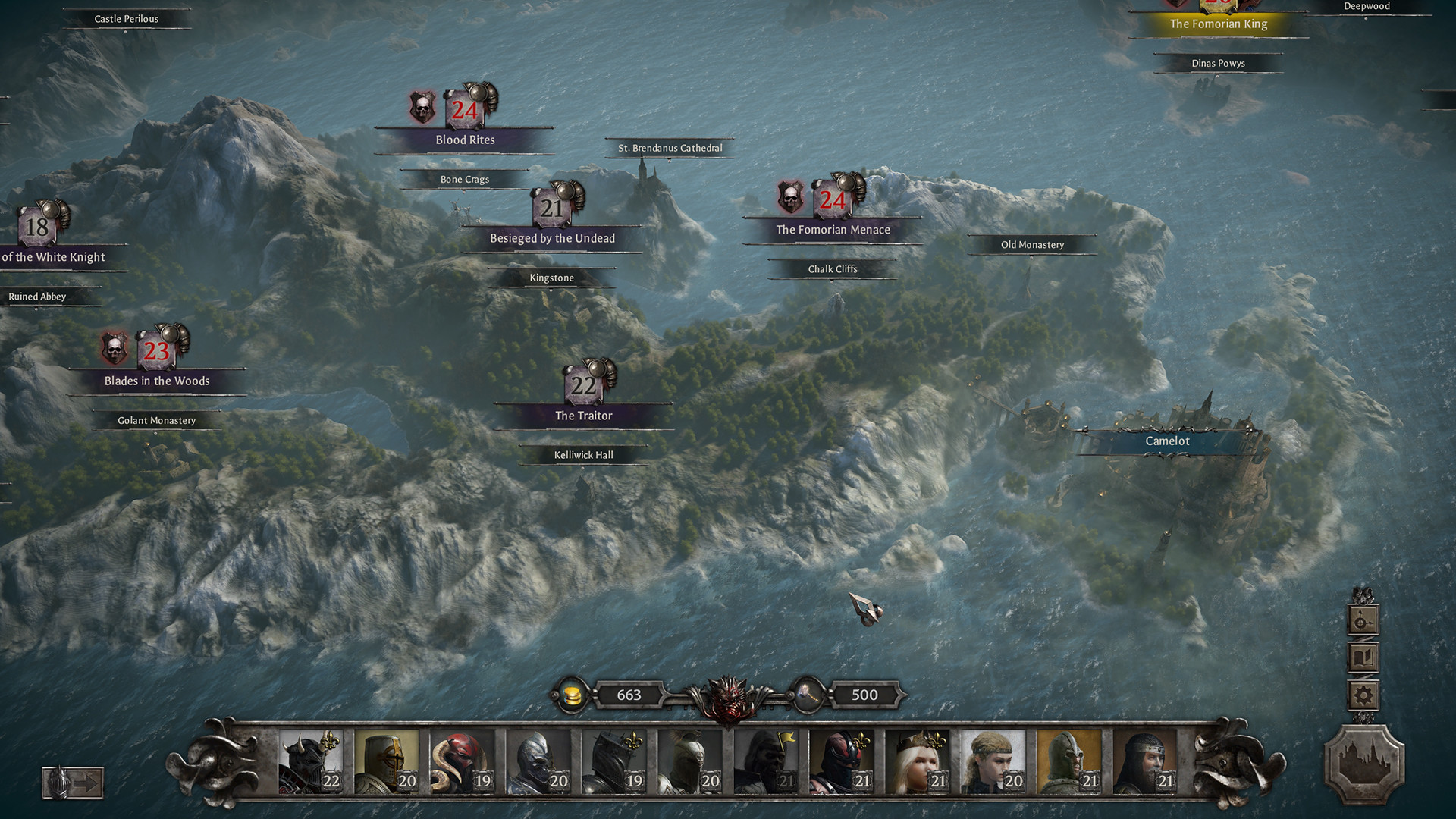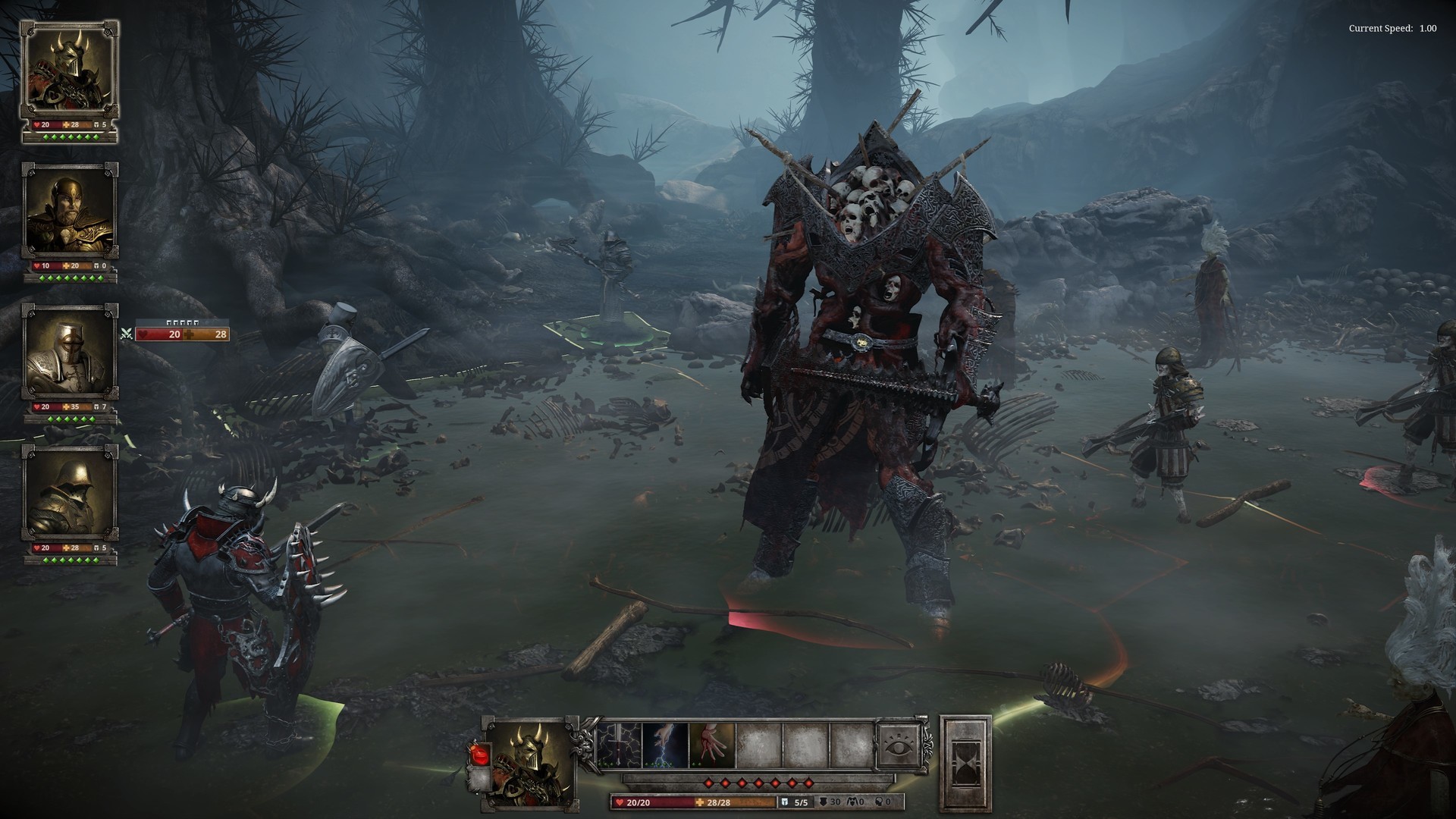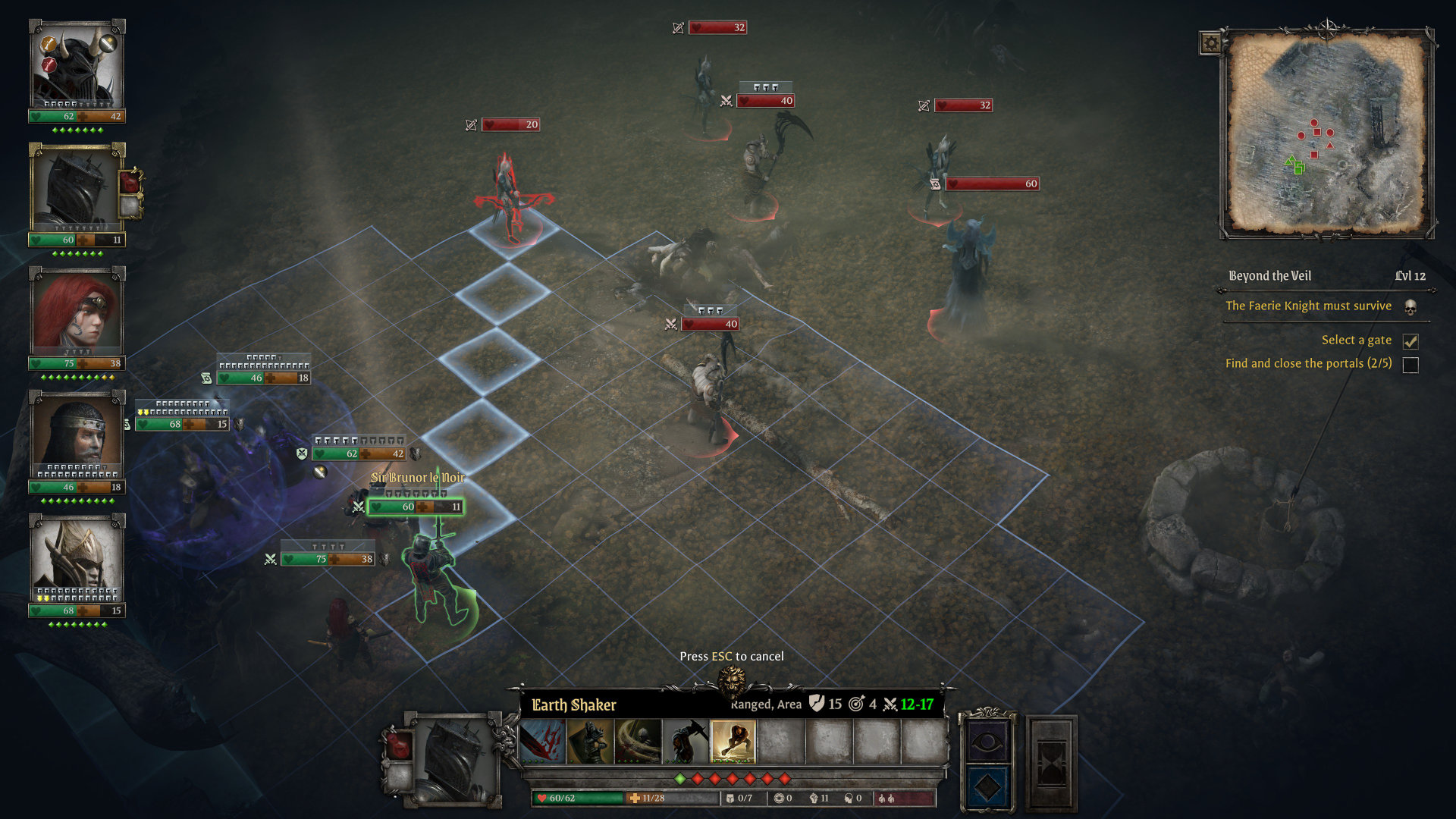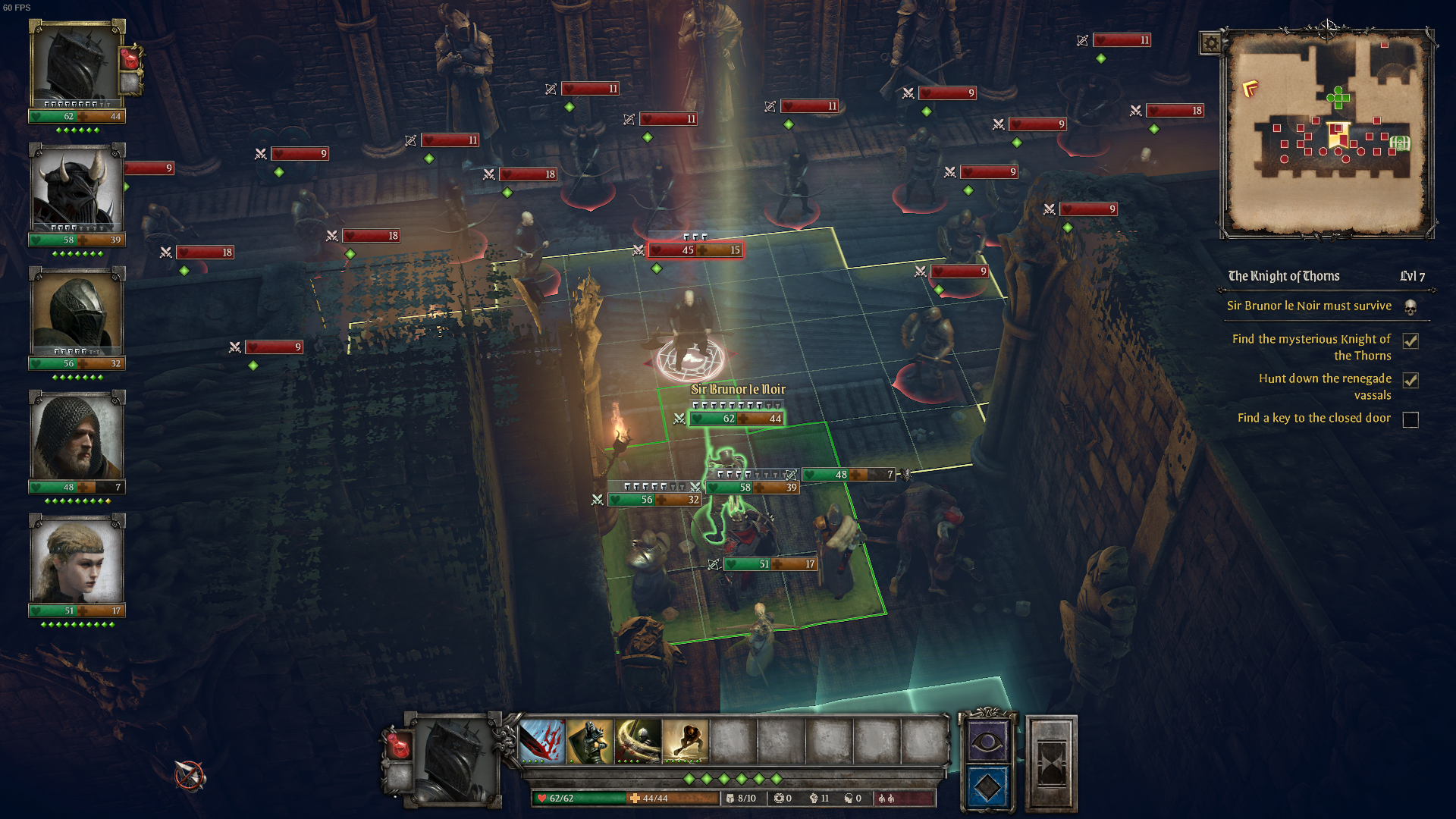The fact is unpredictable, but certainly written and engraved in the dictates of the time given to us. In life we behave as we think is right and, sometimes, in a completely careerist way: this is the case, yes Mordred, brother of King Uther Pendragon and uncle of the one who would become King Arthur. In King Arthur: Knight's Tale the paradigm will be overturned and, as you will discover in this review, the protagonist of the story will not be the famous King Arthur but his uncle.
King Arthur: Knight's Tale is a title strategic and tacticalwhere strategy and our choices will be fundamental to conclude the battles on the field victorious.

Come back to life
We are at the end of the reign of King Arthur, and Camelot is experiencing its worst days: Arthur has gone mad, aged and increasingly mad, as he leads the kingdom into political and historical adrift. In his madness, the man tightens a pact with the dark forces, abandoning the light and becoming a symbol of eternal death. Thanks to this pact, legions of the undead, corrupting miasma and the most evil there can be come to light, casting Camelot into a dark and lifeless shadow.
In this scenario the last light of the good that remains, The Lady of the Lakedecides to try everything and, in a desperate move, resurrects Sir Mordrer from the tomb: the reborn will have to destroy his nephew, King Arthur, and decide what to do with his destiny: become King himself, or leave the seat of the throne in the hands of someone else?
At the plot level, the history of King Arthur: Knight's Tale initially appears banal, but instead amazes as it progresses of the gaming experience, changing the basic paradigm: King Arthur, once the hero, is now in fact the worst enemy one could have, while the antagonist – almost par excellence – of the Camelottian heraldry he is the possible savior.


Rebuilding Camelot
Having escaped from the castle's dungeons, Mordred will be able to undertake various missions, all with rewards in gold and materials. These will be used to actually reconstruct the Kingdom of Camelot and the castle where the King will reside. In the castle you can build:
- The market: classic place to buy weapons, armor and trinkets. Objects that will serve to strengthen the protagonists, in addition to the fact that you can resell your objects that you will no longer use.
- The Armory: here you will upgrade your weapons, armor, and where you can insert runes, to make them even more efficient.
- The chapel: in this place you will remove any curses contracted, and the sins that can be committed in war, as the game has a strong sense of morality.
- The Infirmary: in this section you can heal injured characters, we will go into more detail shortly in what sense.
- Training area: useful for trying out attack combinations with your heroes.
- The Round Table: last but not least. Here the heroes will rest and still gain experience, even if they are not on the field with you, although they will always remain three levels away from your protagonist.


Each section of the castle can be upgraded and, at each step, new options, active or passive bonuses will reveal themselves, and you can also insert a “guardian” for each section (which will automatically gain bonuses on the battlefield). For example, if you place a character in the infirmary who basically tends to heal your companions, he will get +10% to healing on the battlefield.
Outside the kingdom there are city to reconquer, places to visit, and rugged forests, lakes and mountains. Each mission will take you to more or less famous places in the Arthurian cycle, and will be a wonderful experience for those who know this story, but also an opportunity to learn. In each mission, you will have to do more or less the same things: there are one map to reveal, treasures to be found, traps to avoidand everything will culminate with the final battle against a boss.
In combat you will have the classics Action Points (AP)which will allow you to perform actions such as attacking, moving or playing skills. Once in close combat you can also carry out a considerable number of attacks and combine them, as you wish, with the skills of the active character. As always, your basic team will be made up of four elements but it cannot be ruled out that, during the adventure, you will meet or save extra characters who will expand the roster: they will be your allies during that mission, bringing the party to five or six elements, and then going to the castle and staying disposition.
Each character has different skills: basically he has three active skills, each of which he can have up to four passives unlockable, as well as 3 or 4 special passives that level up based on the character's level. There are many possible combinations. Then there's the question of morale: every action will lead Mordred to choose his own destinythat is, make him more of a wizard, more of a warrior, or some sort of hybrid, your choice.


Creator of his own destiny
In King Arthur: Knight's Tale yours will count choices: at the end of each mission you will be able to centralize power on Mordred (and make him the despot he was described in the books) or lean towards a change in the dark soul that dwells in that man, making choices aimed at the good of the people or of Camelot itself.
Unfortunately, the game is missing something: a real roling system, which wouldn't have gone amiss. The general feeling is that the game aims for pure guerrilla warfare, although it sometimes tries to entertain us with barely mentioned role-playing elements. Unfortunately the missions are all the same in the long run and with little general inventiveness.
The game controls are also quite difficult at first, although the adaptation with the controller on console did not succeed very well compared to the classic mouse and keyboard. In general one feels that it is a game designed for PC. If you love turn-based medieval fantasy, this title is definitely for you.
#King #Arthur #Knight39s #Tale #Review #evil
